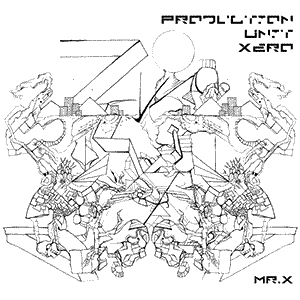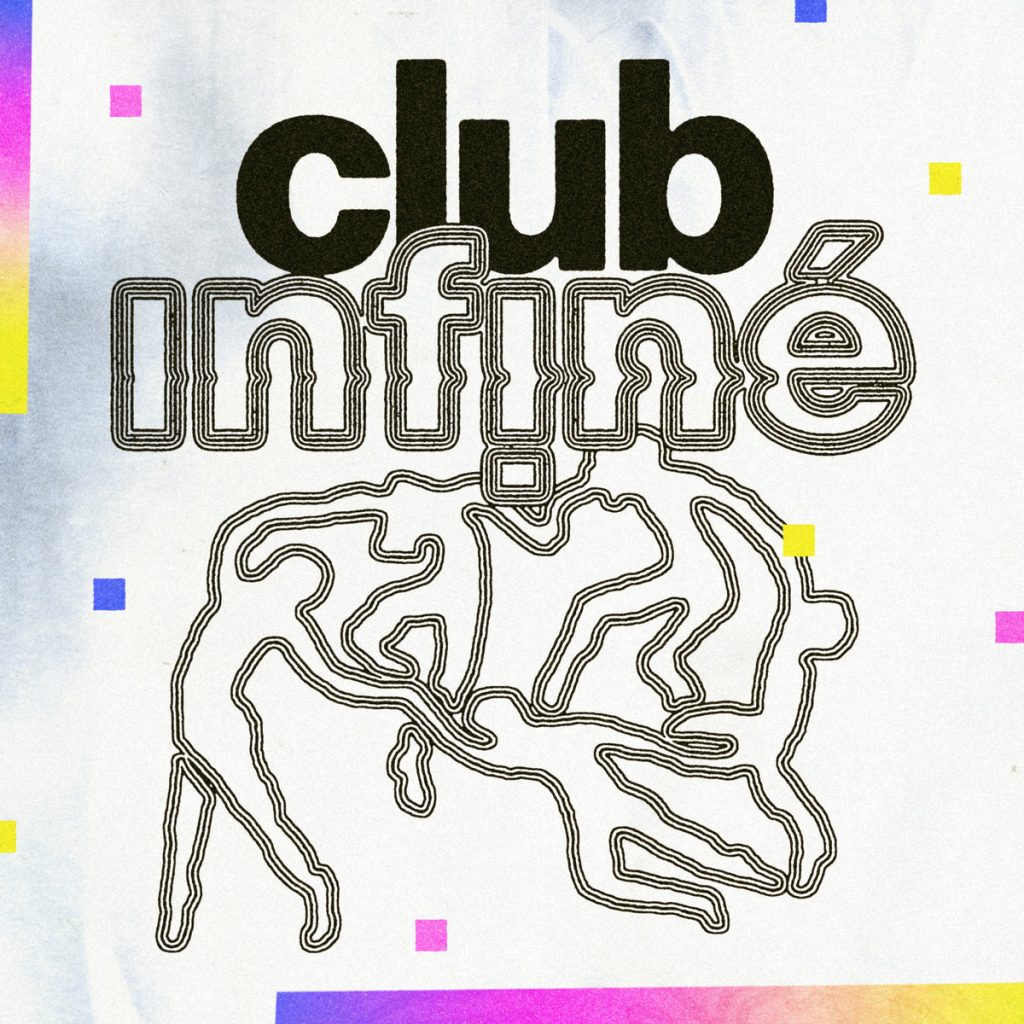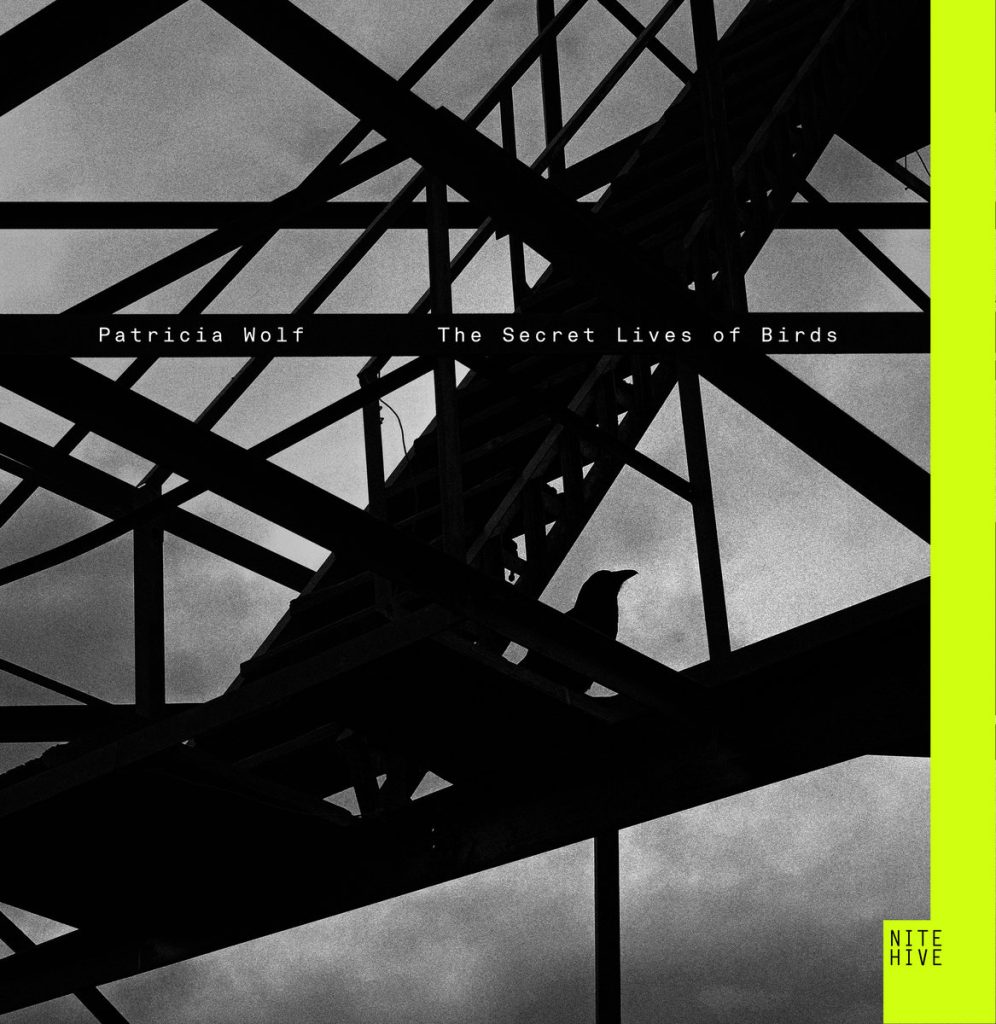Top Ten Analog Synthesizers: The Timeless Echoes
In the realm of electronic music, analog synthesizers hold a special place, revered for their warm, rich sounds and tactile interfaces. These instruments have shaped countless genres, from classic rock to modern electronic dance music, leaving an indelible mark on the music world. This article explores the top ten analog synthesizers, celebrating their unique characteristics, historical significance, and enduring appeal.
1. Moog Minimoog Model D
- Often hailed as the king of synthesizers, the Moog Minimoog Model D was one of the first portable synthesizers available on the market and continues to be a coveted instrument for its rich, powerful sound. Introduced in 1970, this monophonic synthesizer is renowned for its three oscillators, classic Moog ladder filter, and extensive capabilities for sound shaping. It’s a favorite among leading musicians for bass lines, lead sounds, and the organic warmth that only true analog synthesis can provide.
2. ARP Odyssey
- Released in 1972 as a competitor to the Minimoog, the ARP Odyssey is a duophonic synthesizer known for its sharp, biting sounds and incredible versatility. With two oscillators, a series of filters, and a unique ring modulator, the Odyssey excels in creating everything from aggressive leads to lush pads. Its user-friendly interface and portability have made it a popular choice among performers and producers alike.
3. Sequential Circuits Prophet-5
- Launched in 1978, the Prophet-5 revolutionized the music industry as one of the first programmable polyphonic synthesizers. It allowed users to store and recall sounds, a feature that was groundbreaking at the time. With five voices of polyphony, two oscillators per voice, and a resonant low-pass filter, it has been a staple in the studios of film composers and pop musicians due to its lush textures and full-bodied chords.
4. Roland Juno-60
- Introduced in 1982, the Roland Juno-60 is celebrated for its lush, chorus-laden sound and ease of use. Though relatively simple, with one oscillator per voice and six voices of polyphony, its warm sound and integrated chorus effect have made it a favorite for pads and arpeggiated lines in genres ranging from pop to underground techno.
5. Yamaha CS-80
- The Yamaha CS-80, released in 1976, is a behemoth of polyphonic analog synthesis. Known for its expressive sound and polyphonic aftertouch, it has been a favorite of film composers and electronic musicians. The CS-80’s ability to produce rich, evocative sounds makes it particularly favored for cinematic pads and sweeping leads.
6. Oberheim OB-Xa
- Building on the success of its predecessors, the Oberheim OB-Xa, introduced in 1981, is a powerhouse polyphonic synthesizer known for its bright, brassy sounds and lush pads. With up to eight voices of polyphony and a robust modulation matrix, it is highly prized for its thick, layered textures and has been used extensively in funk, pop, and electronic music.
7. Korg MS-20
- First produced in 1978, the Korg MS-20 is a monophonic synthesizer famous for its aggressive sound and versatile patch bay. The MS-20’s dual filters and semi-modular design allow for extensive sound exploration, making it a favorite for those looking to experiment with complex routing and modulation.
8. Roland TB-303
- While not initially successful upon its release in the early 1980s, the Roland TB-303 Bass Line would go on to define the acid house movement with its squelchy, resonant bass sounds. Its unique step sequencer and accent controls allow for the creation of rhythmic bass patterns with a distinctive timbral modulation that is instantly recognizable.
9. Moog Subsequent 37
- As a modern addition to the Moog family, the Subsequent 37 is a monophonic analog synthesizer that expands on the capabilities of its predecessors. Featuring two oscillators, a sub-oscillator, and an extensive modulation matrix, it allows for detailed sculpting of sounds, from powerful basses to dynamic leads. Its integration of modern connectivity options makes it a versatile tool in a contemporary music production environment.
10. Arturia MiniBrute
- Released in 2012, the Arturia MiniBrute brought analog synthesis back to the mainstream. With a single oscillator but multiple waveform mixers and the famous ‘Brute Factor,’ it can create a range of sounds from subtle to brutal. Its affordability and robust build have made it a favorite among newcomers and seasoned synthesists alike, proving that analog synthesis remains relevant in today’s digital age.
Continuing Influence and Innovation
These synthesizers are not just tools of the past; they continue to influence music production and sound design across genres. Their unique sonic characteristics and tactile interfaces inspire musicians to explore new musical possibilities. As technology progresses, these classic instruments remind us of the enduring appeal of analog synthesis, marrying the warmth of vintage sound with the precision of modern engineering. Through albums, live performances, and ongoing innovations in music technology, the legacy of these iconic synthesizers continues to resonate through the music industry, shaping the sounds of tomorrow.




